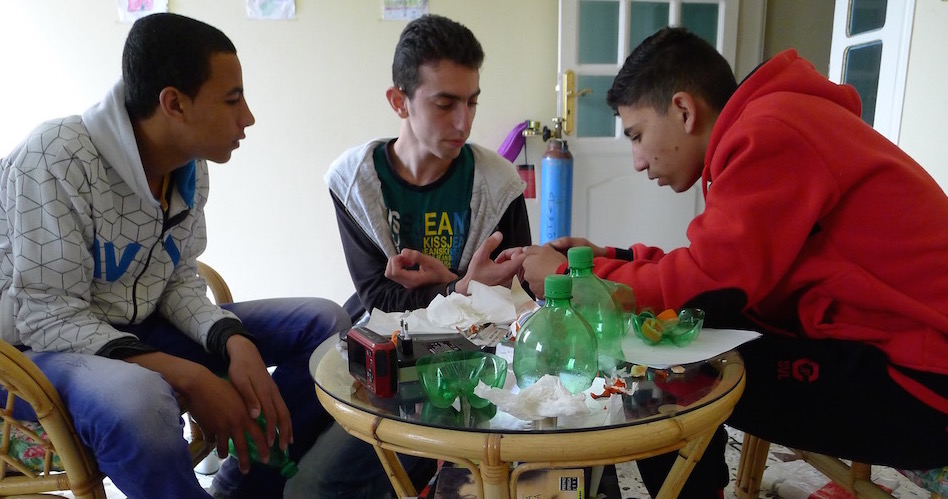We are very pleased to be joining the Public Lab community as a Public Lab chapter. This is our rationale:
Background and Problem
Refugee camps are transitory solutions that, as they endure, end up becoming informally constructed cities with a strong negative imprint on the local environment. An example of this is Bourj Al Shamali Palestinian refugee camp in south Lebanon. Founded in 1948, it has now taken on the air of an overcrowded, unplanned, permanent city. It suffers from serious problems: no proper infrastructure, overcrowding, and poverty. The sewage and storm water drainage system for the camp was only recently created, and garbage often accumulates in the streets where kids play.
In addition, refugees are banned by Lebanese law from working in any but the most menial of jobs. Residents are also excluded from Lebanese public services (medical and social security), are generally unable to attend Lebanese schools and universities, and suffer from a general absence of civil rights. To add a further level of complexity, large numbers of Palestinian refugees from Syria – now refugees twice over – have moved into the camp, resulting in further deterioration of the already overcrowded living conditions.
The confluence of these various factors — the supposedly temporary nature of refugee camps; the seemingly unsolvable Israeli-Palestinian conflict; the political wranglings of Palestinian political parties; the limitations of humanitarian organizations who have a mandate to save lives but not to plan for the presence of additional refugees in the county – has meant that the refugees themselves live in a state of limbo with a limited ability to affect their living environment.
A Public Chapter in the camp?
Things are changing in Bourj Al Shamali, however. A local committee unconnected to the existing political parties was created two years ago with representatives from all the different neighbourhoods in the camp to improve living conditions in the camp. They have made the environment a top priority in their work.
It is for this reason that in 2015 we started working on planning an urban agriculture pilot project and creating a green space within the camp. But to do this we needed a map. With the discovery that the local committee did not have a good map to work from – indeed, that there were no publicly available maps of the camp – in May-June 2015 we took aerial images of the camp with our kite and balloon mapping kit in order to start constructing one – a project that we are still working on.
Mapping is about creating a tool that will help visualise a space, but it is also an exercise in perceptions. One of the most fun and enriching parts of the project to date has been the response of the community, and their delight in seeing that it does not require high technology to create a map.
This feeling of empowerment as well as a need for good data on environmental conditions in the camp is what motivates us to announce that we are creating a Public Lab Chapter in Bourj Al Shamali refugee camp. The aim of the chapter will be three-fold:
(i) to support the local community in their efforts to green the camp, by helping them to gather spatial and environmental data that will help them make informed decisions.
(ii) to create opportunities for youth to experiment with Public Lab’s research tools in the camp, as a way to learn, explore and grow, as well as support the community they live in.
(iii) to use the data and knowledge produced to advocate for improving the living conditions in the camp, but also as a wider reflection on the nature of refugee camps.


